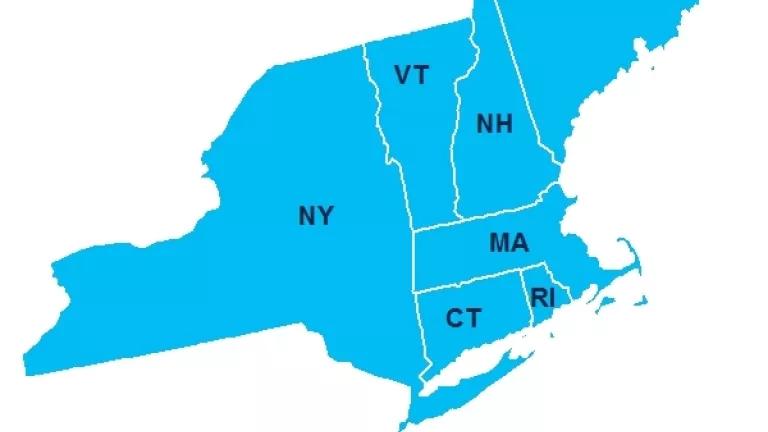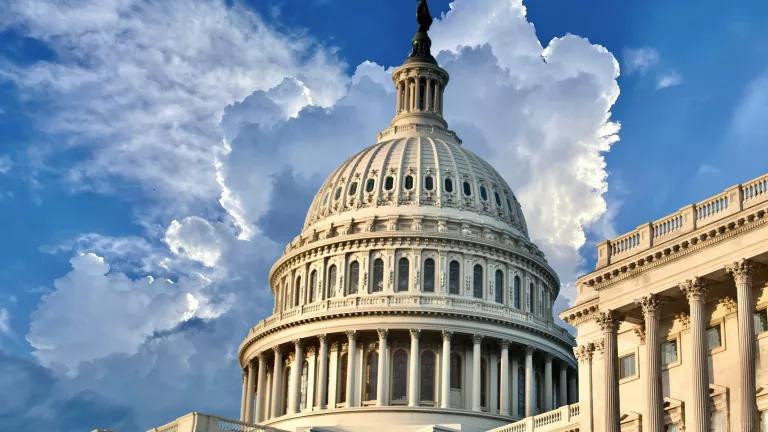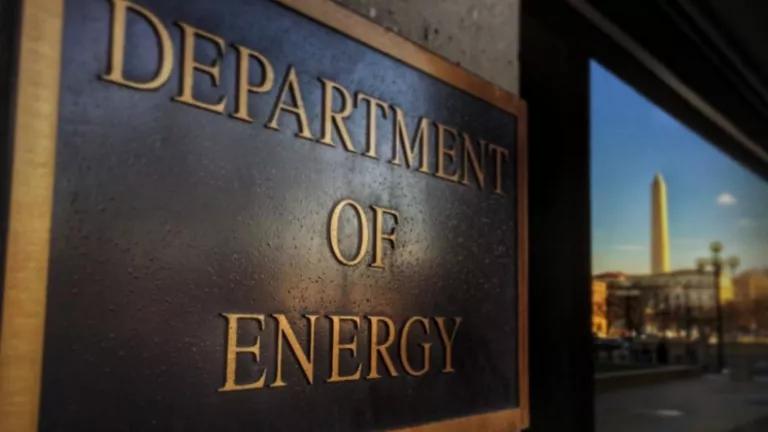RGGI States Set a New Standard for Climate Action in 2017

Part of NRDC's Year-End Series Reviewing 2017 Energy & Climate Developments
This has been a productive year for the Regional Greenhouse Gas Initiative (RGGI), the nation’s first market to cut carbon pollution. In August, RGGI’s nine states agreed to strengthen their program, which since 2009 has helped cut emissions from Northeast and Mid-Atlantic power plants by more than 40 percent. The final text and analysis for the next round of commitments, which will slash emissions at least 30 percent further by 2030, released today show that RGGI will also continue to add billions of dollars and thousands of jobs to the region's economy over the next decade.
And as we prepare for 2018, there’s hope of Virginia and New Jersey joining or linking with RGGI.
The current RGGI states—Connecticut, Delaware, Maine, Maryland, Massachusetts, New Hampshire, New York, Rhode Island, and Vermont—today released the final text of their latest agreement. A previous analysis showed the costs of further cutting pollution to tackle climate change will be minimal. Today’s report shows the benefits from the plan will also far exceed its costs, including through 2031 a projected:
- $3.95 billion in additional economic growth, thanks to RGGI;
- $2.11 billion more in personal disposable income, as a result of this growth; and
- Increased employment of more than 34,000 job-years across the RGGI region (a job-year equals one-year of full-time work for one-person).
The states’ 2017 agreement kicks in starting in 2021—the current RGGI program already established carbon reduction requirements through 2020. In 2018, the individual states will begin the process of formally adopting the post-2020 requirements into state law.
Meanwhile, states in the region will look to RGGI’s example as they begin to tackle the largest carbon polluter in the region, our aging transportation system, with measures to modernize mobility, grow the economy, and further protect public health.
Building on a Track Record of Success
There is every reason to believe that projected benefits from the RGGI agreement will be achieved, if not exceeded, in the years ahead. RGGI has consistently outperformed expectations. While the states’ 2005 Memorandum of Understanding committed to achieve a 10 percent cut in power plant carbon pollution by 2018, the region has already achieved a 40 percent reduction under the program, with emissions continuing to fall in 2017.
RGGI has helped the states achieve these reductions while providing significant economic and public health benefits. These benefits are a result of RGGI’s market-based, cap-and-invest approach, which sets an annually declining limit on carbon pollution while enabling the power sector to achieve the reductions flexibly at least cost. RGGI requires polluters to purchase permits (known as allowances), which are sold at auction, and auction revenues are invested in programs like energy efficiency that benefit customers. RGGI’s many benefits to date include:
- $773 million in customer energy bill savings, including $155 million in 2015 alone, with billions more expected, thanks to energy efficiency and renewable energy investments funded under the program;
- Public health benefits valued at $5.7 billion, including prevention of at least 8,200 asthma attacks, 39,000 lost workdays, and 300 premature deaths, by cutting dangerous air pollutants like soot and smog alongside carbon;
- At least $2.9 billion in boosted regional economic growth; and
- Increased employment of more than 30,000 job-years (one year of full-time employment for one person).
Electricity prices have fallen in the region while customers in non-RGGI states have seen price increases. And the RGGI states’ economies have grown faster than the rest of the country, even as the region has cut its carbon pollution to a greater extent.
RGGI has accomplished all of this as a bipartisan program, supported by the region’s current five Republican and four Democratic governors.
New Opportunities to Expand RGGI’s Benefits
The year ahead promises to bring even more success, and high on this list is expanding RGGI to include new states.
The incoming governors of New Jersey and Virginia have both pledged to join or link state programs with RGGI, which is good news. A larger RGGI region will improve efficiency by expanding opportunities to reduce pollution at least cost. In Virginia, Governor-elect Ralph Northam will look to finalize (and hopefully further improve) a rule to harness clean energy in Virginia and link with RGGI. In New Jersey, Governor-elect Phil Murphy has pledged to rejoin RGGI after outgoing Governor Chris Christie illegally withdrew the state in 2011. New Jersey’s participation in RGGI from 2009 to 2011 brought $151 million in economic growth and 1,772 jobs to the state. Christie’s withdrawal denied residents significant additional benefits over the last few years. Rejoining RGGI will help New Jersey recapture such benefits in the years ahead.
In 2018, many of the RGGI states will also explore ways to build on their enormous success tackling pollution in the power sector as they look to clean up and modernize the transportation sector. Transportation is the largest source of carbon pollution in the region, and building a 21st century transportation system offers numerous economic opportunities, including new jobs and industries and better, more convenient commutes. Cutting transportation pollution will also help the regions’ residents breathe easier—leading to billions of dollars in public health benefits from lives saved and asthma attacks and illnesses avoided—and continue the region’s leadership on climate change.
RGGI’s 2017 helped set a new standard for state climate action, one that Northeast and Mid-Atlantic states have an opportunity to extend, if not exceed, with a pathbreaking 2018.



